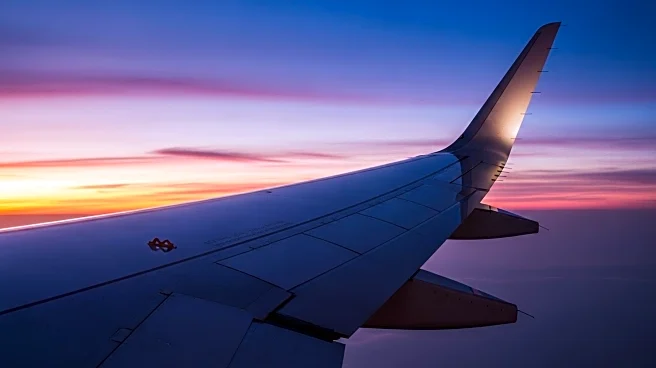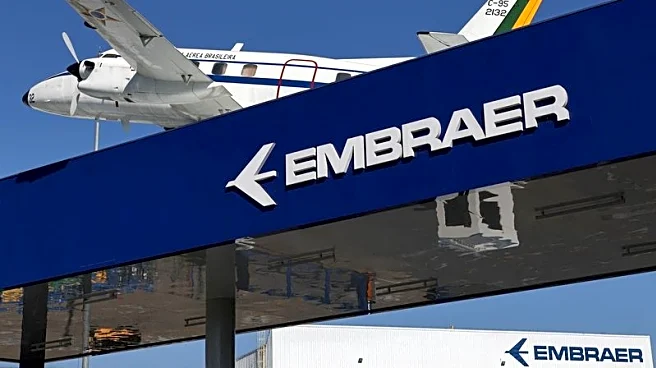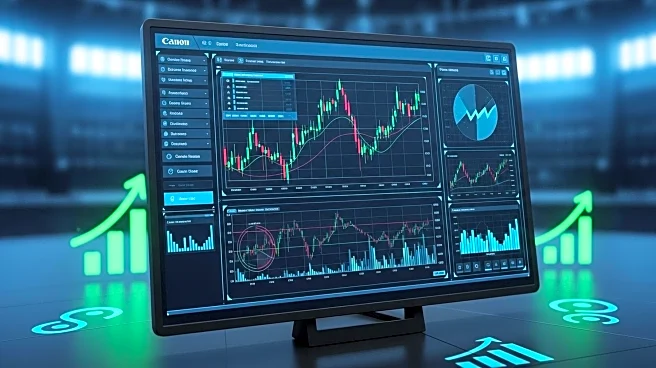What's Happening?
The aviation industry is experiencing significant challenges as it approaches 2026, with supply chain disruptions and changing demand patterns reshaping the competitive landscape. New tariffs between the U.S., EU, and China are increasing costs and delaying aircraft deliveries, impacting companies like Boeing and their suppliers. Demand for premium cabins and international routes remains strong, while U.S. domestic and economy-class demand has softened, leading several carriers to adjust forecasts. Geopolitical tensions are forcing airlines to adapt routes, adding costs and limiting growth. Sustainability pressures are also increasing, with mandated use of Sustainable Aviation Fuel (SAF) adding financial burdens.
Why It's Important?
These challenges highlight the need for agility and innovation within the aviation industry. Airlines that can quickly adapt to changing market conditions and geopolitical shifts will maintain a competitive edge. The industry's ability to navigate supply chain issues and sustainability mandates will be crucial for long-term success. These dynamics are likely to influence pricing strategies, operational efficiencies, and investment decisions, affecting stakeholders across the sector, including passengers, airlines, and suppliers.
Beyond the Headlines
The aviation industry's response to these challenges could lead to significant shifts in market structure, including potential mergers and consolidations. Digital transformation efforts, such as New Distribution Capability (NDC), are reshaping customer service and operations, offering opportunities for improved margins. As airlines seek to balance compliance with sustainability goals, the pressure to demonstrate climate impact may drive innovation in fuel technologies and operational practices.












